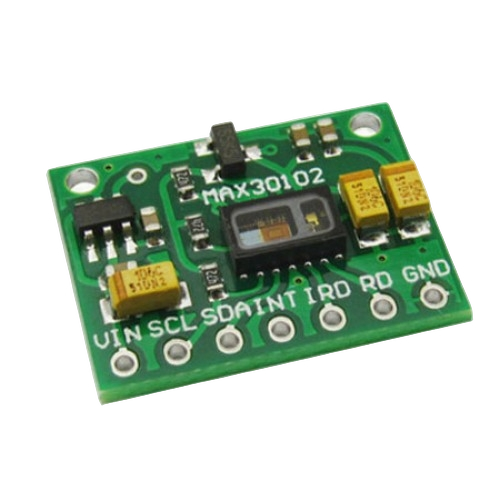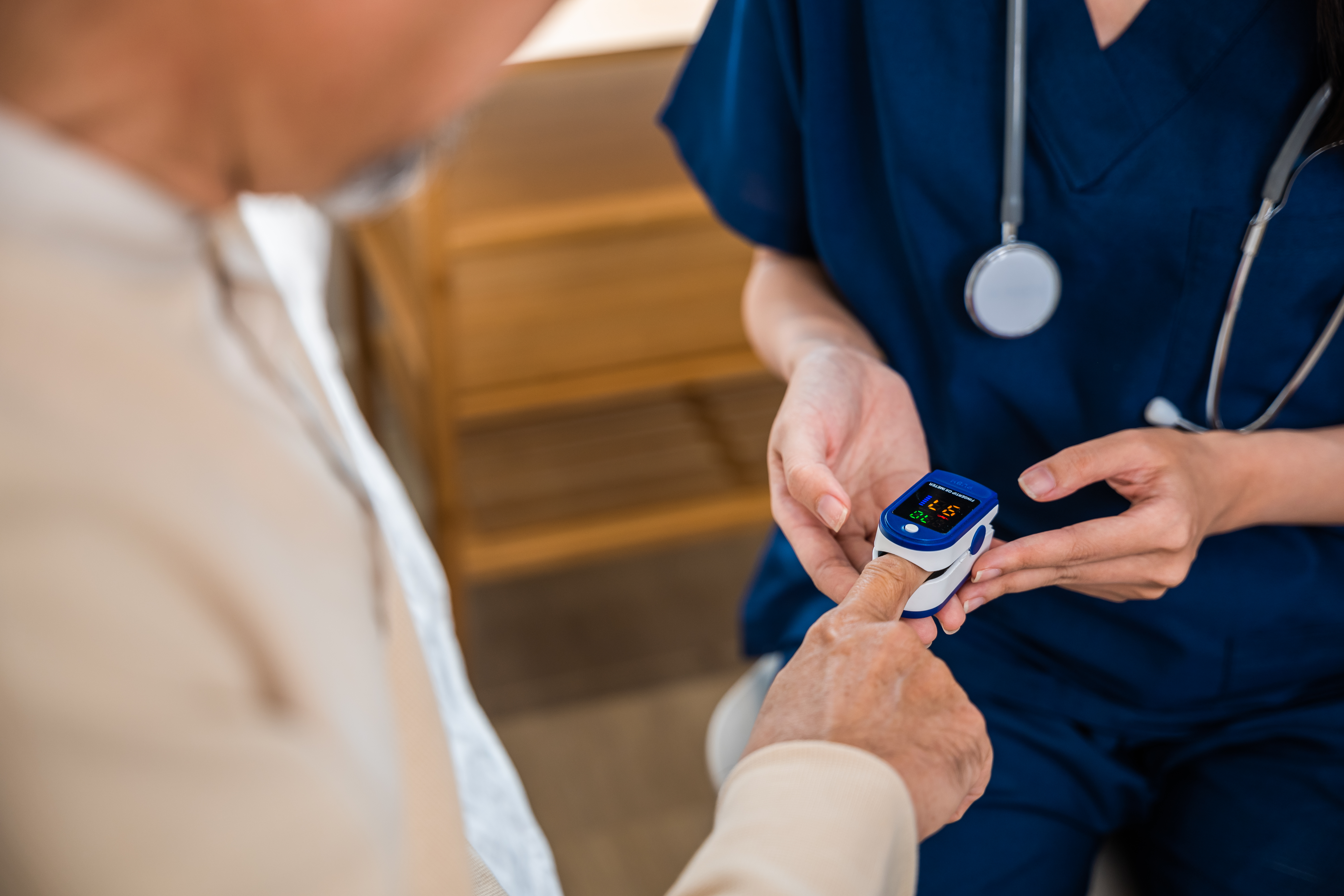In the development of our Dynamic Emergency Monitoring System (DEMS), selecting the right sensor for real-time heart rate and oxygen saturation (SpO₂) monitoring is a critical decision. After evaluating multiple options, we chose the MAX30102, a highly efficient optical sensor designed for non-invasive measurement of vital signs. Its compact design, low power consumption, and high accuracy make it an ideal choice for wearable medical applications, particularly in emergency settings where continuous monitoring and immediate alerts are essential.
Why the MAX30102?
The MAX30102 is a pulse oximeter and heart rate sensor that uses photoplethysmography (PPG) technology to measure blood oxygen levels and heart rate. It works by emitting red and infrared light through the skin and measuring the light absorption caused by blood flow variations. Several factors made this sensor the perfect fit for our system:
High Accuracy for Critical Patient Monitoring
In emergency scenarios, precise and reliable measurements of vital signs are crucial for early detection of deteriorating patient conditions. The MAX30102 offers:
- High signal sensitivity, allowing accurate readings even with minimal contact pressure.
- Advanced filtering techniquesthat help reduce motion artifacts, improving data quality in dynamic environments.
- Fast response times, ensuring real-time monitoring without significant delays.
Low Power Consumption for Wearable Devices
Since our system is designed for continuous patient monitoring, energy efficiency is a top priority. The MAX30102 is optimized for low-power operation, consuming minimal energy while maintaining high performance. This extends battery life and ensures that our wearable devices remain operational for extended periods, reducing the need for frequent recharges.
Compact Design for Comfortable Wearability
Since our system is designed for continuous The small form factor of the MAX30102 makes it easy to integrate into lightweight and non-intrusive wearable devices, ensuring patient comfort. Unlike bulky monitoring systems, this sensor can be embedded into a smart wristband or patch, allowing continuous data collection without restricting patient movement.
Built-in Ambient Light Rejection for Reliable Measurements
In hospital and emergency settings, fluctuating lighting conditions can interfere with optical sensors. The MAX30102 includes ambient light rejection features, ensuring consistent readings even in different environments. This improves measurement reliability and minimizes the need for recalibration.
Seamless Integration with Edge Computing for Smart Monitoring
The MAX30102 is designed to work well with microcontrollers like the XIAO ESP32C3, enabling local preprocessing of sensor data. This allows us to:
- Filter out noise and motion artifacts before transmitting data, reducing unnecessary bandwidth usage.
- Detect abnormal heart rate or oxygen saturation levels in real time, triggering immediate alerts for rapid medical intervention.
- Optimize system performance by only sending meaningful health insights rather than raw sensor data.
Key Advantages of the XIAO ESP32C3
In the Dynamic Emergency Monitoring System (DEMS), the MAX30102 plays a crucial role in continuous patient monitoring by:
- Measuring heart rate and SpO₂ in real time using optical sensing technology.
- Transmitting raw data to the XIAO ESP32C3 (Why We Chose the XIAO ESP32C3), where signal processing and anomaly detection algorithms refine the readings.
- Sending processed, high-quality health data to a hospital network via Wi-Fi/Bluetooth, ensuring that medical professionals have real-time access to patient conditions.
- Triggering alerts when oxygen saturation drops or heart rate abnormalities are detected, allowing healthcare teams to respond immediately.
Conclusion
The MAX30102 is a powerful and efficient sensor that enables us to deliver real-time, high-accuracy vital sign monitoring in a wearable format. Its low power consumption, compact design, and advanced filtering capabilities make it an essential component of our system, ensuring that patients in emergency settings receive continuous and precise health tracking.
By integrating this sensor with edge computing and wireless communication, we are building a next-generation monitoring solution that enhances medical response times, optimizes patient care, and seamlessly integrates with hospital infrastructure. As we advance in our prototype development and testing, the MAX30102 remains a key element in achieving our goal of improving emergency healthcare with smart technology.

